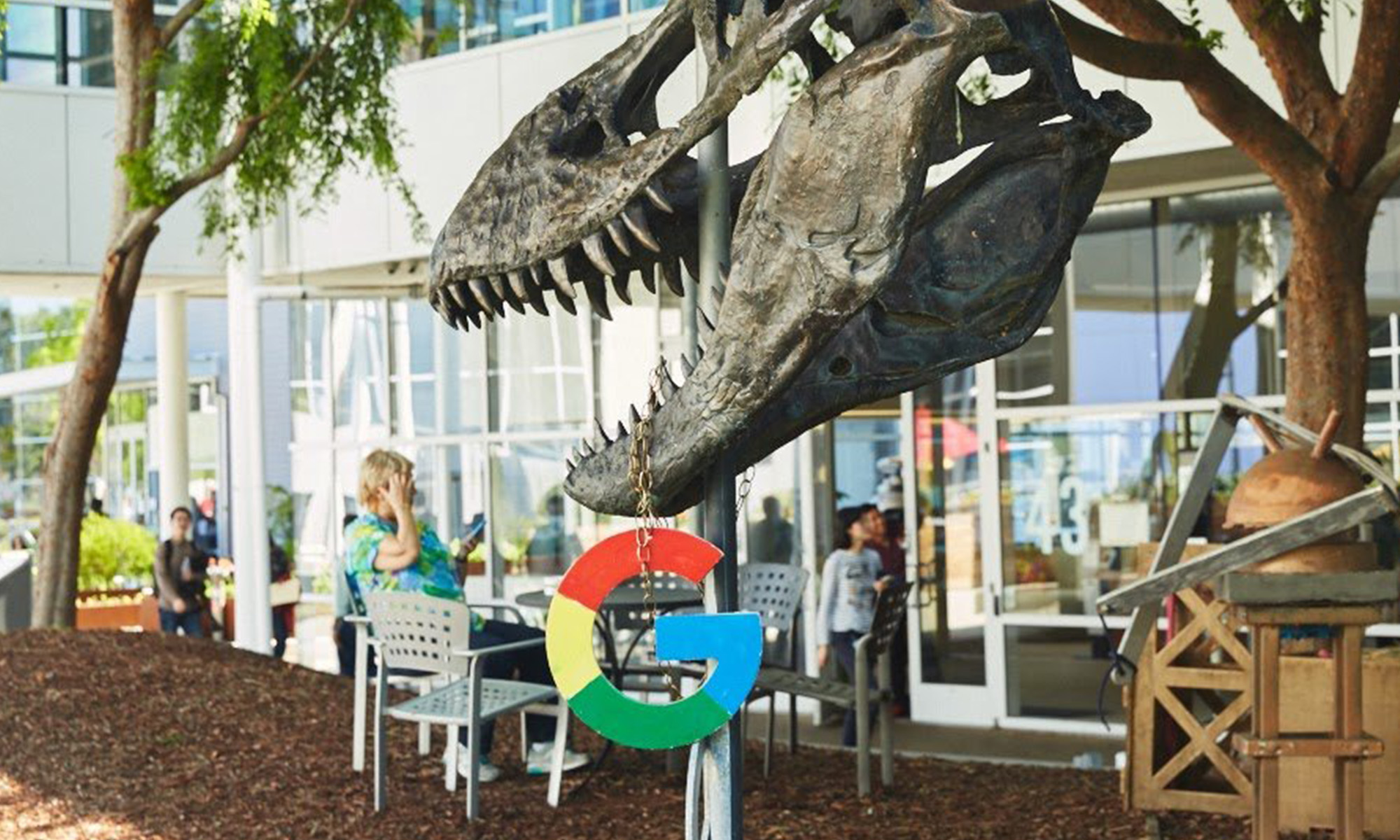For the fourth straight quarter, Facebook (FB 2.34%) CFO Dave Wehner warned analysts that the company's "ad revenue growth rates will come down meaningfully over the course of 2017." The biggest drag is Facebook's ad load -- the percentage of News Feed items that are paid placements instead of organic content. Wehner says that number is saturated, implying any more would deteriorate the user experience and ad efficacy to a point where it negatively impacts engagement.
Wehner's constant warning makes it seem like Facebook's revenue growth is about to fall off a cliff. Perhaps he's just doing his due diligence, though, making sure investors understand the business risk. Still, there are four key factors driving ad revenue growth -- ad load is just one. Let's take a look at the four pillars of Facebook's advertising business.

Facebook CEO Mark Zuckerberg. Source: Facebook.
1. Ad load
Ad load is the simplest lever for Facebook to pull and grow ad revenue. In fact, it's the only one the company has complete control over. At least, to a point.
Increasing ad load increases the number of ads users see per minute spent on the platform. At some point, however, too many ads ruin the user experience. If users came to see photos of their friends and funny videos, but all they see is advertisements, they're going to go somewhere else. That's precisely the problem Facebook is currently facing.
That said, management is looking for new ways to insert ads into the user experience. It's experimenting with midroll video ads. Additionally, it rolled out the stories format in all four of its major apps, offering a new space to insert ads. Wehner says it's still too early for either to have any significant impact on revenue.
2. Engagement
If Facebook can no longer increase the number of ads its users see per minute spent on the platform, it can at least keep working to increase the number of minutes they spend in its apps. Facebook's last engagement update was a year ago, when it said users spend an average of 50 minutes per day across Facebook, Instagram, and Messenger.
Management neglected to give an update on its most recent earnings call, but Wehner said, "We're seeing time spent growth per [daily active user] across the Facebook family of apps and that includes Facebook itself."
However, some of that engagement likely stems from more time spent watching videos, which Facebook doesn't directly monetize yet. Its midroll ads are still in the testing phase. Still, growing engagement is a sign Facebook will continue to see ad revenue growth even as it faces ad load saturation.
3. User growth
Facebook's user growth is absolutely astounding. Not only did it grow monthly active users 17% and daily active users 18% year over year in the first quarter, those rates are actually accelerating. That's despite Facebook rapidly closing in on 2 billion monthly users.
Naturally, the more users on Facebook, the more opportunities Facebook has to show ads. Moreover, more users makes the platform more attractive to advertisers, particularly brand advertisers interested in reaching the broadest audience possible. Facebook COO Sheryl Sandberg is fond of saying there's a Super Bowl on mobile with Facebook every day to describe the reach of Facebook's app.
While user growth is mostly stemming from areas with lower average ad spend per user, Facebook continues to grow ad revenue per user in those areas by leaning on the other pillars. In fact, average revenue per user grew fastest in Facebook's Rest of World region last quarter.
4. Ad prices
Facebook doesn't really control how much it charges per ad. Each ad is priced based on however much an advertiser is willing to bid on it. However, Facebook can make ads more valuable through improved targeting, measurement, and efficacy. Additionally, as ad supply growth slows down due to ad load saturation, demand growth may start to quickly outpace supply. Facebook just announced it surpassed 5 million active advertisers on its platform.
The balance between ad price and ad engagements can already be seen in Facebook's recent reports. Ad engagements grew at about a 50% year-over-year pace in the second, third, and fourth quarters last year. Average ad prices increased, 9%, 6%, and 3%, respectively. Last quarter, ad engagements grew just 32%, but the average price per ad increased 14%.
So, despite all of Facebook's warnings that ad revenue growth will slow meaningfully due to a lack of growth in ad load, the company has three other pillars to lean on. Additionally, management may yet find another spot to place ads like in the middle of videos or stories. Management is just doing its due diligence.






